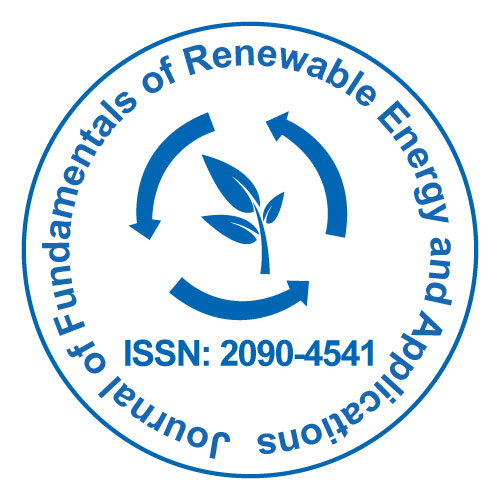
Journal of Fundamentals of Renewable Energy and Applications
Open Access
ISSN: 2090-4541

ISSN: 2090-4541
Faten Ayadi
University of Sfax, Tunisia
Posters & Accepted Abstracts: J Fundam Renewable Energy Appl
The lithium ion batteries are considered nowadays the most powerful energy storage technologies that guarantee the availability of electricity and permanent response of energy demand. They were widely applied in consumer fields such as cell phones and notebook computers. Presently, lithium cells are best promising energy storage technologies for electric vehicles (EVs) and renewable energy applications. Hence, over their rapid growth uses, they need an accurate diagnosis and control strategies for their states. The State-of-Charge (SoC) estimation of Li ion batteries presents a difficult task for almost applications in order to ensure their higher energy density and their safety. There have been several methods developed by some researches to optimize the state of charge of lithium cell. Among them, there are observer strategies which are considered in this work. Two observer techniques have been proposed Kalman Filter and Luenberger observers for SoC estimation. They have been considered to stabilize the error estimation of battery state thanks to their gains through fractional battery models. The fractional battery model has been deduced from analysis of measured impedances by Electrochemical Impedance Spectroscopy (EIS). This method is mostly considered for diagnosis of electrochemical systems. Its principle is based on applying lithium battery, a small sinusoidal perturbation signal, which depends on the frequency at the level of the operating point for chosen state of charge. The performance of two selected observer techniques has been evaluated theoretically and it has been improved the efficiency of each observer technique to determine the internal state of lithium batteries.